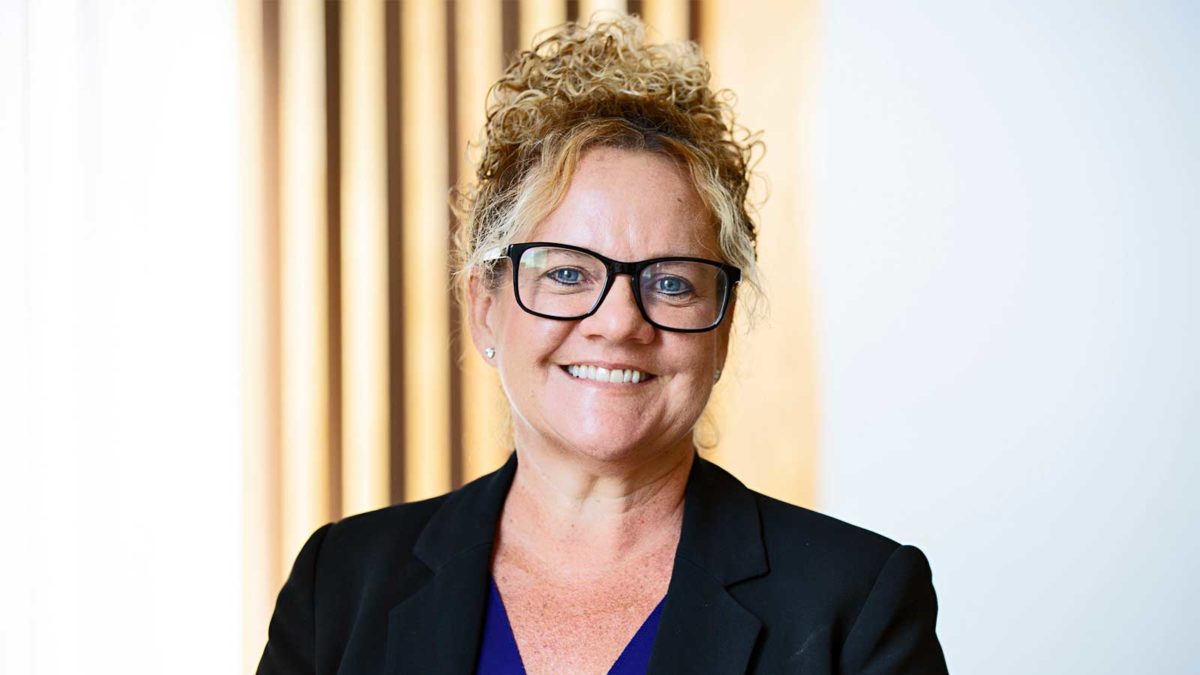After Sydney Airport, listed infra takes flight
The backyard keeps shrinking. And as another big asset disappears from the public market, Australian listed infrastructure investors will have few options but to look abroad for their exposure.
The sale of Sydney Airport has generated plenty of headlines about the might of big super funds; no shortage of acrimony about another of Australia’s sparse listed infrastructure asset going private; and an acknowledgement that investors will increasingly need to look abroad to get exposure to the asset class.
“To be honest, it’s disappointing to see such high-quality assets not be available for us anymore, but I do understand why the buyers are coming in and sweeping them up,” says Sarah Shaw, chief investment officer of listed infrastructure manager 4D Infrastructure.
“We’ve still got some very high quality assets here in Transurban, APA, Atlas Arteria – but they’re few and far between now. We’ve lost our last listed airport player; we’re not going to have much in the way of opportunity in the utility space with the AusNet deal. Anybody who wants the exposure to infrastructure in the listed space is going to have to look offshore.”
That’s mostly par for the course; the Australian listed infrastructure market has been shrinking for more than a decade, due to the fact there’s no “huge impediment” – aside from the Australian Consumer Competition Commission and Foreign Investment Review Board – to taking assets private, where elsewhere in the world governments often own a substantial stake in critical infrastructure like airports.
But much has also been made of a potential slackening in the flow of big privatisations. Australia’s infrastructure is sparse and monopolistic to a greater degree than elsewhere in the world, owing in part to its geographical remoteness. There’s not much more of it to take private. But Shaw believes the pipeline remains strong, primarily as a result of fiscal stimulus commitments made during the height of the Covid-19 pandemic.
“Are we talking about an asset as big as Sydney Airport? Potentially not. But the Budget announced an $110 billion pipeline of infrastructure projects, and the government isn’t going to want to fund them itself. They’re going to build these assets and then rotate and recycle capital into new opportunities, which opens the door to privatisation opportunities.”
The other problem is that private infrastructure investment opportunities are increasingly becoming subscale as the pool of capital that big super funds have access to swells to titanic proportions. One option that investors are considering is greenfields infrastructure, as well as partnering with developers to construct entirely new assets. But the preference is still for supposedly de-risked operational assets.
“I do think you’ll see more of that (greenfields development) happen in the unlisted space if they continue to have quite a pool of infrastructure dollars looking for a home, but they have to get their head around the operational execution risk,” Shaw says.
“It’s a much more difficult proposition… if the super funds want to do it there will have to be a change in the return profile they’re looking for – maybe they start small, and get a little bit of that expertise in-house. But it’s a bigger step for them than taking on an operational asset that’s generating free cash flow.”











